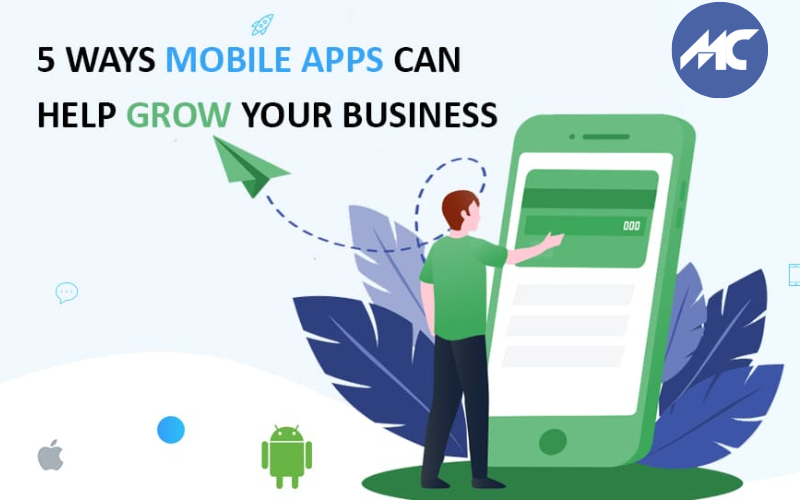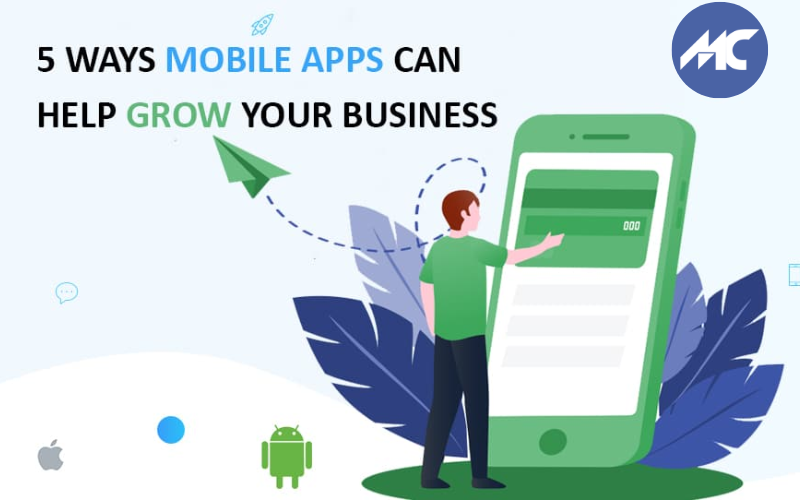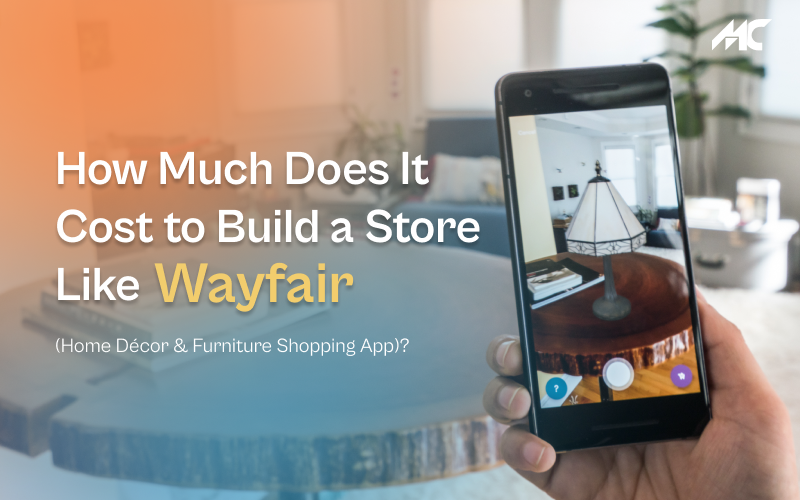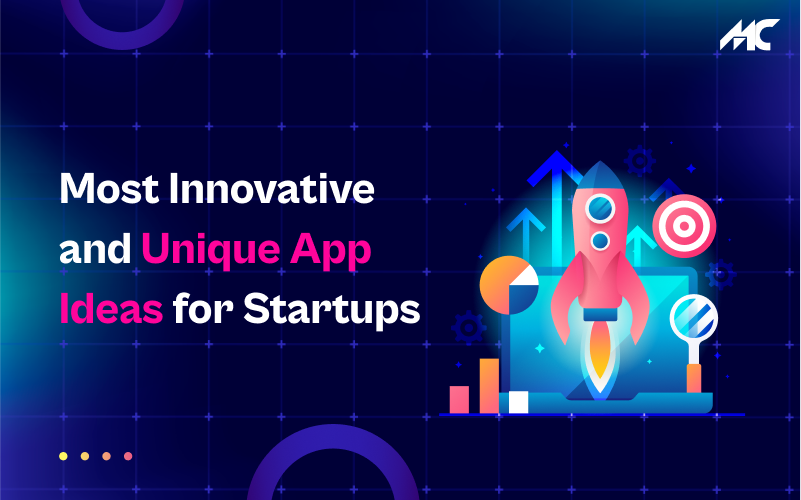Grow your Business with Mobile App? Know the Steps
Mobile devices and mobile phone applications are changing the way technology is shaping society. You don’t need examples of that, do you? Just take a look around you on how much and in what ways people are using their mobiles. You’ll be surprised to see the vast range of options available around you. This includes web browsers, web applications, and mobile app. The world of mobile apps development is growing at a phenomenal pace. Not only the growth is humongous, there are no concrete numbers to reflect on its future. Worry not! We are serving the international market as leading mobile application development company in India. We are sharing our firsthand experience with the changing trends of the android development industry.
People, especially youngsters, download apps for fun or for any other profitability. Android development can be immensely rewarding for a potential idea. But don’t you slip with the cheesy excitement. There is a darker side to it too. The apps have to survive and succeed in the tough competition and shockingly high failure rate. If you have been thinking of creating an app, here’s a pretty successful approach to get you going. Keep reading till the end!
- Step 1. Why This Mobile App?
- Step 2. Document Your Idea and Clean-Up
- Step 3. Focus on Mobile App Design
- Step 4.Get Going With the Mobile App Development
- Step 5. Dig Deeper on the Details of the Mobile App
- Step 6. Test and Work on Feedback
- Step 7. Make Changes and Test Again
- Step 8. Bingo! Strive to be Better Than Your Yesterday
Step 1. Why This Mobile App?
Perplexed by my question? I know it is seemingly strange when you read it for the first time. But who is eagerly waiting for your app? What is the pain of the masses which your app is going to address? This is the most crucial aspect of your app development. It will help in creating a base before stepping into the development part. “Why this app” – This clarity will play an important role in determining the destiny of your app. Then, you are all geared to get started with creating a successful app.
Once you are pretty sure of your idea, you can validate your idea with Google Keyword Planner tool. Here, you can find the number of people who are looking out for what you are trying to offer. Another great way to validate your idea is by building a landing page which broadly highlights the purpose of the app and the problem it would be solving. You may also prompt users for notification and Sign Up in case they would want to test your app during the initial pre-launch. You will have a database of interested users by the time your app is ready.
Step 2. Document Your Idea and Clean-Up
The next step requires that you start jotting down your ideas in one place. They say your idea starts working when you put it on paper. So, now that you are clear with the ‘Why’, write down your ideas. See how you can organize the process flow so that you are able to add more details filling the gaps. This will help in the execution of theidea. By now, you would be super excited with your documented idea. Now, be a devil’s advocate to your own idea. This will help you eliminate those non-core features which are “good to have” but not the key performers.
This clean up activity will help you in segregating the ideas into different phases. This phasing out also makes it easy on the budget. In addition to the documentation and cleanup, competition analysis is also important. You should definitely know about the other apps in your domain and their USPs (Unique Selling Propositions).
Step 3. Focus on Mobile App Design
Most entrepreneurs tell us that they want to have a very basic design. The logic behind is, that they would want the focus to be entirely on the development part. With our experiential learning, it is evident that design is not just about the visual appeal. It is more about the user experience (UX) and the user interface (UI) . In other words, design showcases how a user will be able to navigate through your mobile application easily.
Now this preliminary work on the design of app is complete. It’s time to focus on developing your Android Application. Here, you will also look upon the technical feasibility of the idea. This will help you in knowing the technical complications and legal restrictions. Thus, you can make it workable by making minor yet significant changes in the route.
Step 4.Get Going With the Mobile App Development
Now you must be looking for a designer, and unless you are a technocrat, it is best to hire an organization than a freelance App Developer. Do check about the platform on which they will develop your app. The popular Android app development languages are Android SDK, Java, and JavaScript. Now that you are looking for a development partner for your mobile App, you may also go through this captivating article which shows the significance of your mobile app.
Step 5. Dig Deeper on the Details of the Mobile App
This step requires the wireframing, storyboard and backend of the mobile to be sorted. You already are clear with what you want your app to perform, and you have chosen your partner who will fulfill this vision, which may be either an agency or a freelance developer. Make them share with you the wireframe which exactly shows what will be placed where and how these placeholders will function. This is a prototype of your app. Then the storyboard shows the different screens and connects the flow of how the user will navigate through the app. The backend structure will include the server connections, APIs and data diagrams. This information (the sketches and flowcharts) will act as an all-time reference guide to any person who will work on your app in the future.
Step 6. Test and Work on Feedback
We will test the functionality of the app at two points. Firstly the app will be tested now that the prototype is ready. This will give us the experience of how it will function in a raw format. Don’t just let the developers or in some cases, the tester to do the testing. Involve people who can share honest feedback as at this point it’s easiest to have the changes in the destiny of your app.
Step 7. Make Changes and Test Again
Now that you are to proceed with the final app design and functionalities, the testing would be done from the user perspective. When the user downloads your app, there will be certain expectations in comparison with the competition apps and also with respect to their pain area or problem. Test to see whether the user will be able to experience the same what you had envisioned while you thought of creating the mobile app. Apps like Solidify and Framer may be great tools to test the app before the final launch. Also, ensure that analytics have been integrated in the app. This will help you keep track of total downloads, user engagement and the retention of your mobile app on their smartphones.
Step 8. Bingo! Strive to be Better Than Your Yesterday
Bingo, you are ready with your dream app to be launched now. At the same time, before the launch, make sure that you set up a structure which will work on the feedback and expectations which are urgent. And, in order to survive the unlimited dearth of applications, innovation with new ideas and adding more details to the existing ones will make your indispensable and close to user’s heart for a longer time. Enjoy the success!!
Your Android app development could be your way of filling desired colors to your vision of growth and increasing your reach to the target audience. Know more on how to get a reliable partner in a cost-effective budget.
We may not be the ‘gurus’ to dictate the ‘mantra’ for your mobile app success, but it’s our endeavor to share an effective guideline on the basis of our experiences in the industry. Wish you success with your mobile application software.
-

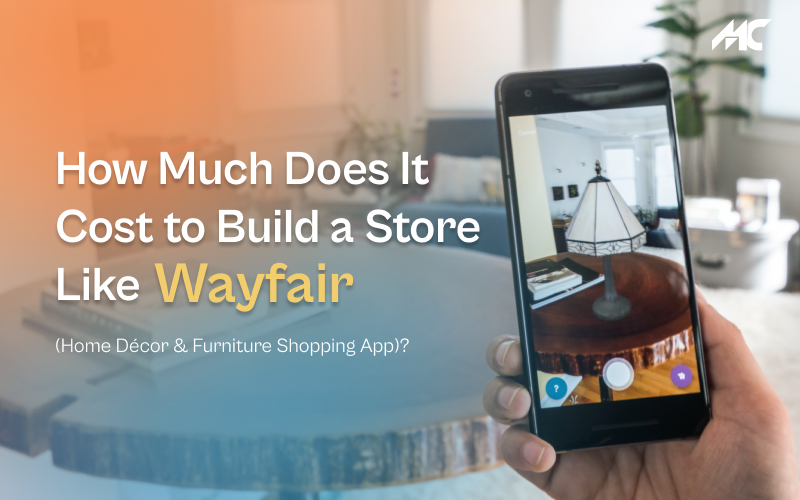 How Much Does It Cost to Build a Store Like Wayfair (Home Decor & Furniture Shopping App)?
How Much Does It Cost to Build a Store Like Wayfair (Home Decor & Furniture Shopping App)? -

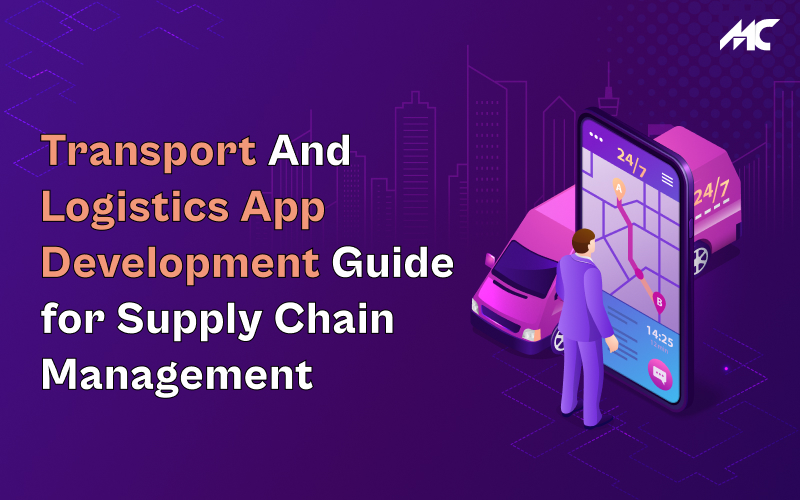 Transport And Logistics App Development Guide for Supply Chain Management
Transport And Logistics App Development Guide for Supply Chain Management -

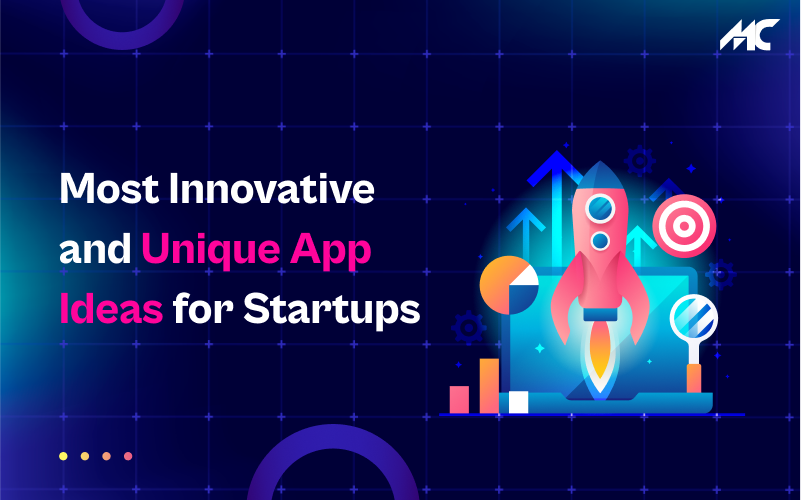 Top 10 Most Innovative and Unique App Ideas for Startups in 2023
Top 10 Most Innovative and Unique App Ideas for Startups in 2023




